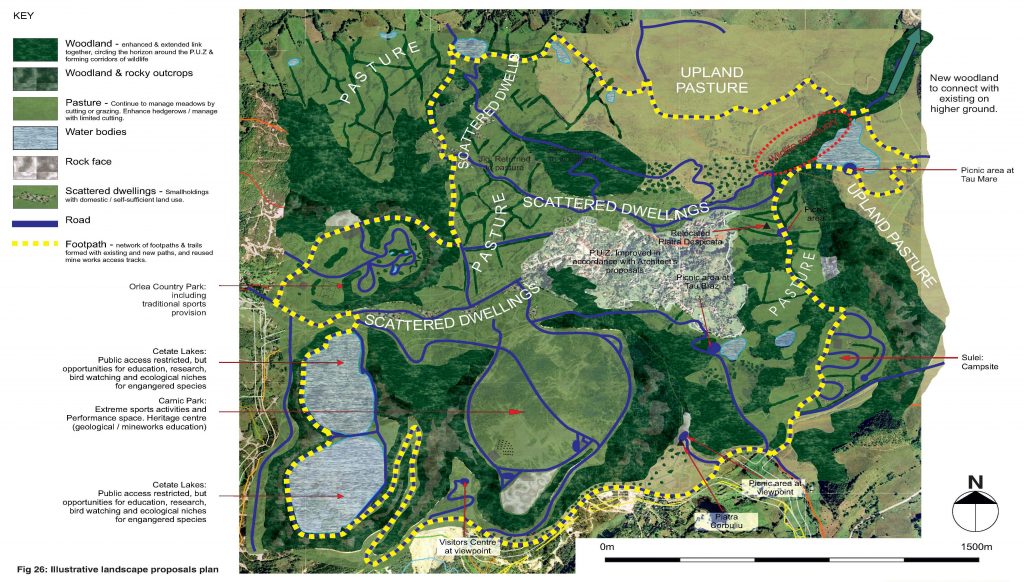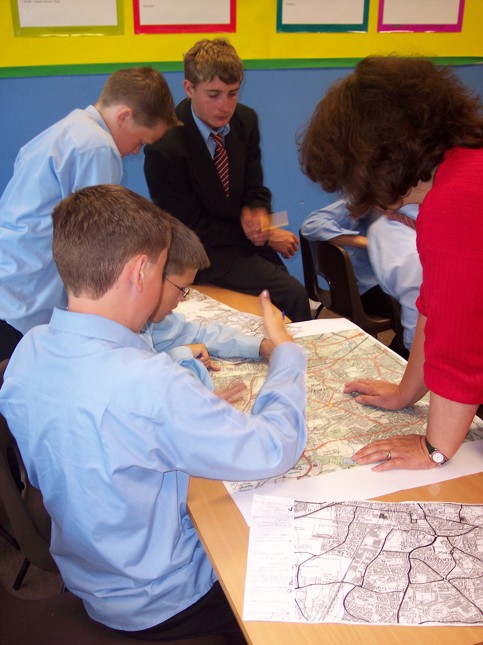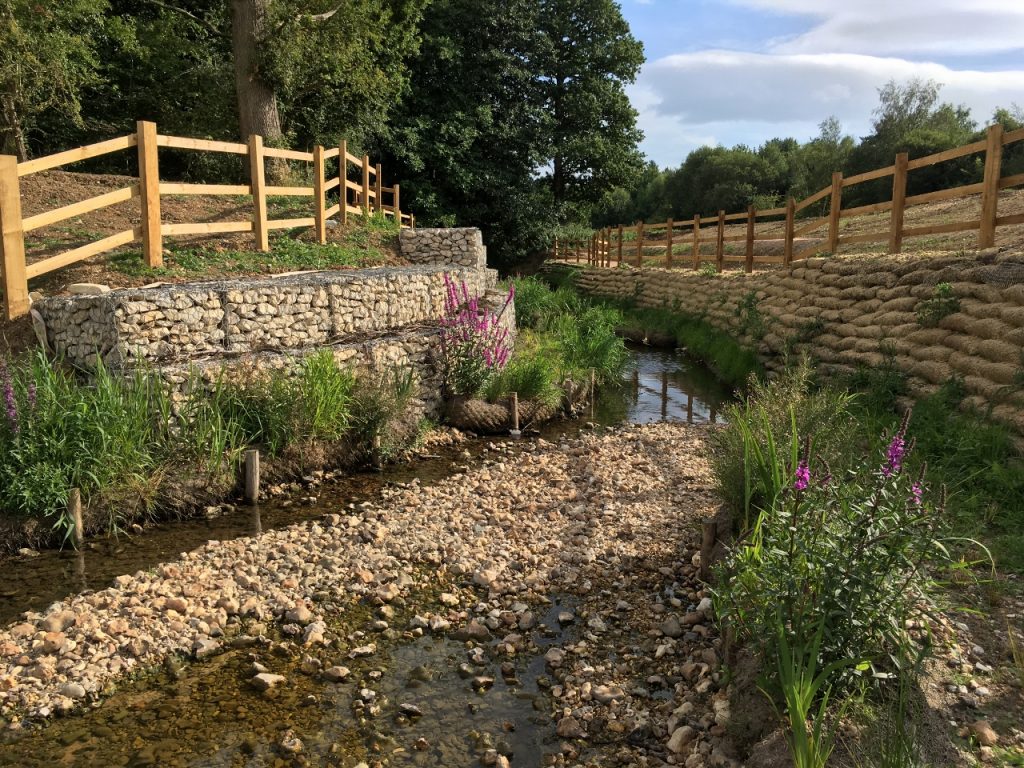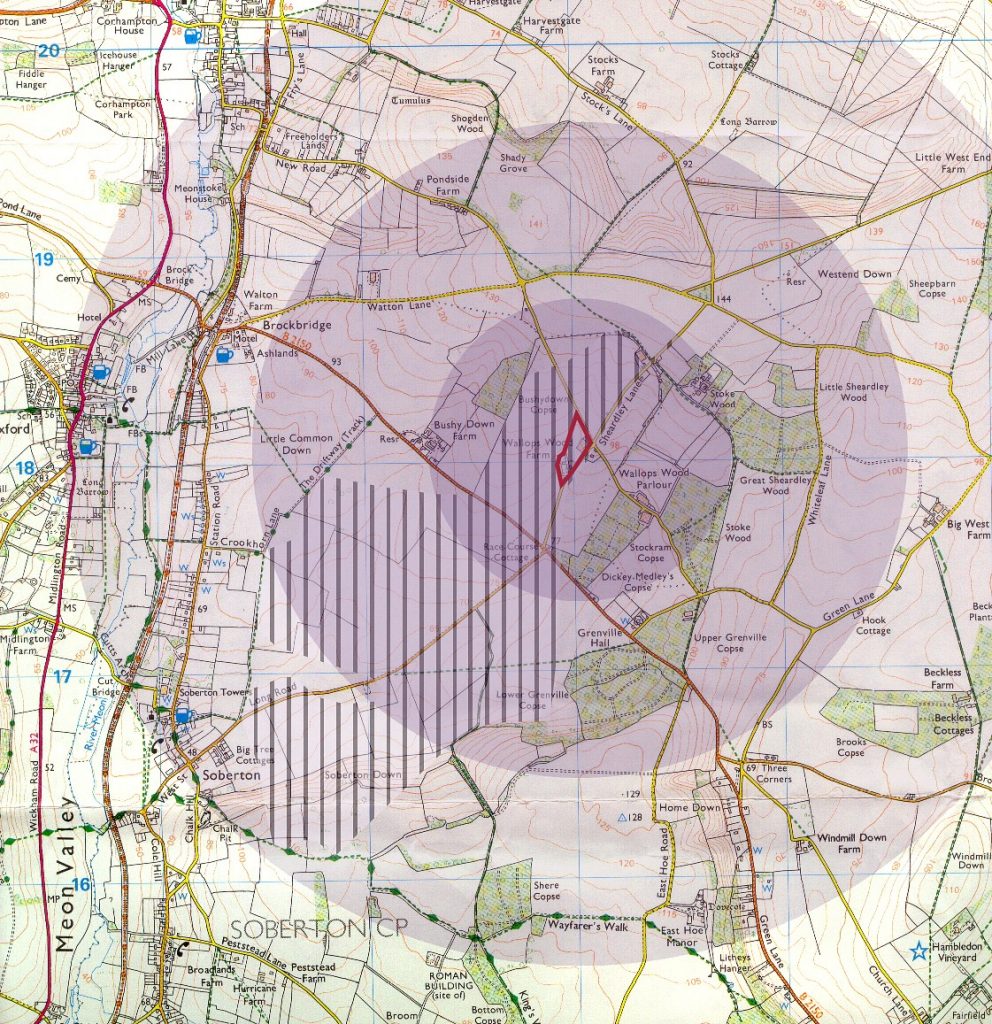I recently read an interesting article by the BBC which asked ‘Does the World Need Polymaths?’ and it got me thinking about the role that Landscape Architects play in a broader sense.
Polymath is a term I was (and I imagine others are) unfamiliar with until recently so to briefly explain, a polymath is someone whom has a broad knowledge in a range of subjects. They can be experts in a several fields or someone who has a very broad but less in depth understanding of a much larger range of topics.
Throughout the article I found myself wondering who todays polymaths are as they seem to be a remnant of a by-gone era, replaced instead by experts with a finely-honed specialisation. The question is raised in the article, of whether there is a role for polymaths in today’s world. Pondering this, the only real conclusion I could come too, especially in terms of a profession, is that of Landscape Architecture.
Now, my reason for this conclusion is that polymaths, by their nature, are a jack of all trades, having an appreciable understanding of multiple fields much like Landscape Architecture (A profession to which I compare polymaths to with no intended disservice). In my view, landscape architecture is a jack of all trades profession. Obviously, we do have our own specific expertise as well. But, really, I see us as the ones best suited to use that broad understanding to articulate the narrative created by researchers and experts into an integrated and functional system.

In this sense, one quote in particular rang true to me from the original article. Eric Monkman, star of a recent University Challenge competition, said:
“People often ask me, do you intimidate people with your knowledge?”
“… the opposite is the case. I have a wide knowledge but no deep expertise. I am intimidated by experts.”
I profess to have no great knowledge and I certainly have never had anyone ask me if I intimidate people with my intelligence and would not consider myself anywhere near the same league as the individuals mentioned in the article. However, I would consider myself to have a broad knowledge, and I am intimidated by experts. But, I think the key difference is that we, as landscape architects, actively work and seek out other professionals and associated research. It is integral to be able to work with a range of experts and put their knowledge into practice in a practical and tangible manner (something which can be easily lost without context) which is something I think we really bring to the table.
This is apparent through many events and meetings I’ve attended, where things often just need to be rationalised. Being able to step back and call on our breadth of knowledge, we’re able to seek out those required to aid us in areas within which projects may fall down, and see opportunities where perhaps they’ve been missed or overlooked. This is where the role of the landscape architect comes into its own and is a prime example of why landscape architecture is so important.
To effectively do our job we need an understanding of the component parts of the systems with which we deal and with landscapes being so vast we must consider both rural and urban realms and how the processes within each act both individually and collectively. Some of the rural considerations include forestry and agriculture, the day-to-day running details of which we may not have an in-depth understanding of but the role they play must be known in order to collaborate with those who do know the ins and outs in great detail.
When looking at the urban realm our considerations must expand yet further, incorporating professions and skills such as Urban Design, place making and social movements – such as how individuals and demographics may utilise spaces; Public health including physical and mental health, dealing with issues such as air pollution and physical activity through boosting interaction to creating liveable cities and functioning communities. As before, we may be no experts in these fields but we do need to understand how they function and where conflicts and opportunities alike arise. This takes place on the level of an individual specialism/practice and on broader interactions between town and country.

Moving into one of the most significant parts of the Landscape architect’s role, planting, the list continues to grow. Requiring the ability to identify and specify the correct species needs horticultural knowledge, plant husbandry, long term management planning, foresight in terms of risk for things such as the movement of pathogens, and how climate change will affect things into the future (sometimes this can even lead to planning for a hundred years down the line). As we go further down the rabbit hole of what we must know it becomes clear the above also requires an appreciation for things such as biology, climate science – and how not only the broader climate may change, but also local and micro-climates develop and change across individual sites. Not to mention many landscape architects work across the globe so they need to be able to constantly adapt to work in foreign environments, with differing political, socio-economic, and climate situations.

More ‘hard’ landscaping work requires an understanding of Architecture and thus engineering becomes increasingly important. Whilst we’re not flood engineers we often work alongside them on things such as Sustainable Urban Drainage Systems to deal with flood remediation. Sometimes flood prevention is required on a massive scale, working on whole catchment plans which can involve working across both urban, rural and coastal areas. Due to climate change this is becoming an increasing issue and as such is something that is an increasingly important part of a landscape architects routine. It’s easy to see with projects of this scale how expertise is important but that broader understanding of the system at large can also help give an important overview.

It’s worth noting that the skills required to be able to physically produce and communicate these projects involves delving into the realms of graphic design and art to be able to produce portfolios, and drawings in section, perspective and plan; project management and IT to work on the huge range of software used and financing to manage ourselves, developments and maintenance costs of projects.
I hope this gives an appreciation of the breadth of skills and knowledge required to be a successful landscape architect, as well as the importance of the role played by the profession. Especially as we move forward into uncharted waters with climate change impacts already being felt and a drive and need to better integrate the range of considerations surrounding a new or re-development.